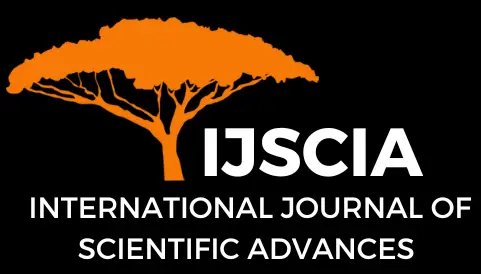Magnetic Monopoles and Lenz’s Law in Hyperbolic Medicine
Jesús M. González-González
Abstract
We call “Hyperbolic Medicine” the study of the hyperbolic curves that occur in the physiology of a living being, especially in humans, about other hyperbolic curves that may be in nature, such as electromagnetic fields, expansion-contraction systems in movement, circadian rhythms, and space-time relativity. In nature, there is space-time relativity, perpendicular to the axis of movement of an organ, which gives hyperbolic curves. The lines of force of an electromagnetic field act in human physiology through hyperbolic curves. In hyperbolic human physiology, there are dipoles, multipoles, and monopoles. They can be fragmented into smaller elements like a magnet and maintain their same characteristics at smaller scales. When we move the N pole of a magnet away from a conducting wire, an S monopole is generated, since both S and N poles give “hyperbolas moving away”. On the other hand, when we approach the S pole of a magnet to a conducting wire, an N monopole is generated, since both S and N poles give “hyperbolas approaching”. If the conducting wire is a human organ, we speak of Lenz’s Law in hyperbolic medicine.
Keywords
monopole; magnetic; Lenz’s Law; medicine; hyperbolic
Cite This Article
González, J. M. (2022). Magnetic Monopoles and Lenz’s Law in Hyperbolic Medicine. International Journal of Scientific Advances (IJSCIA), Volume 3| Issue 5: Sep-Oct 2022, Pages 789-795, URL: https://www.ijscia.com/wp-content/uploads/2022/10/Volume3-Issue5-Sep-Oct-No.352-789-795.pdf
Volume 3 | Issue 5: Sep-Oct 2022


